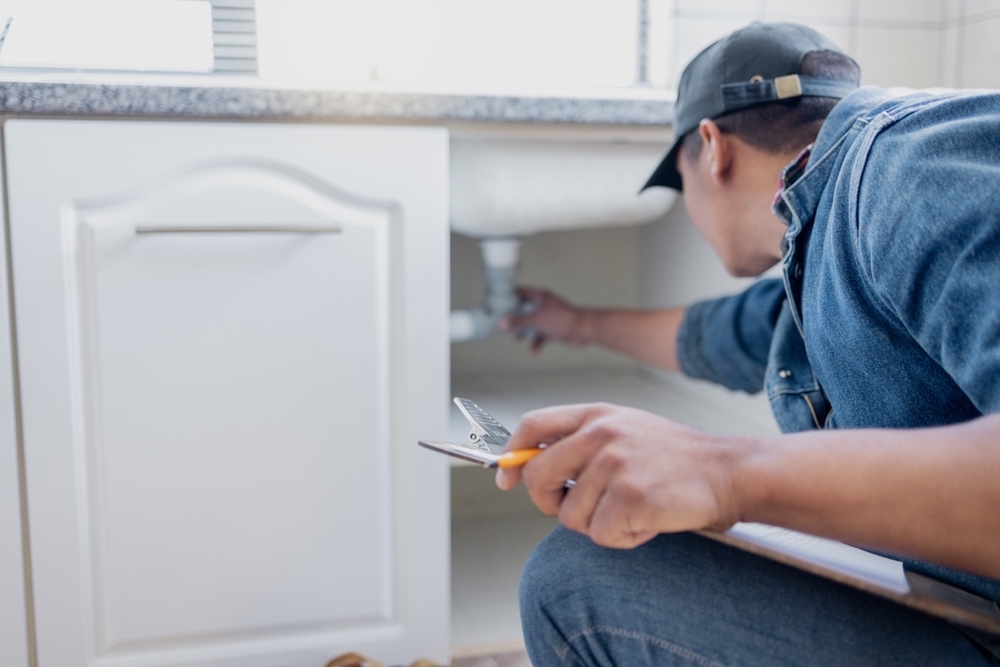To DIY or Not to DIY?
To DIY or Not to DIY?
Blog Article
Are you interested in help and advice about When to DIY and When to Call in the Plumbing Pros?

Intro
Pipes issues can vary from minor inconveniences to major migraines, typically motivating house owners to choose in between taking on the problem themselves or calling an expert plumbing technician. Understanding when to DIY and when to seek professional help can conserve time, cash, and stop potential calamities. This article checks out the variables to think about when making this critical decision.
Benefits of Do It Yourself Pipes
Taking on plumbing jobs yourself can be rewarding in numerous methods, especially for simpler projects.
Intricacy of Tasks
Some plumbing issues require customized understanding and devices beyond regular house owner abilities. Mishandling complex problems can lead to additional damage and pricey repairs.
Security Concerns
Collaborating with plumbing systems involves dangers such as exposure to water damage, capacity for electrical dangers, and dealing with tools improperly. Security safety measures should be observed to avoid mishaps and guarantee reliable fixings.
Indicators to Call a Professional Plumbing Professional
Recognizing when a pipes issue surpasses DIY capacities is essential to avoid intensifying troubles.
Indicators of Complex Issues
Instances consist of:
Trigger specialist intervention is needed to address these concerns effectively and minimize damage.
DIY Pipes Tips
For effective do it yourself pipes, it's necessary to be prepared with the right devices and adhere to correct procedures.
Basic Tools and Products
Secret devices for DIY pipes:
Step-by-Step Guides
Clear guidelines guarantee risk-free and reliable DIY repair work:
Picking the Correct Time to Do It Yourself
Figuring out when to take on pipes jobs yourself requires assessing both the complexity of the concern and individual comfort degrees.
Assessment Checklist
Take into consideration:
Price Savings
Do it yourself pipes jobs typically conserve money by avoiding expert service charge. Tasks like taking care of small leaks, changing taps, or installing new showerheads are instances where house owners can manage repair services without employing a plumbing.
Skill Improvement
Taking part in do it yourself pipes supplies a chance to learn and boost practical skills. Fundamental jobs encourage home owners to recognize their pipes systems far better and gain self-confidence in handling tiny fixings individually.
Risks of Do It Yourself Pipes
While do it yourself tasks use advantages, specific risks should be very carefully thought about before trying repair services.
When to Most Definitely Call an Expert
Particular circumstances require prompt expert attention to prevent substantial damage or safety and security threats.
Emergency situation Scenarios
Examples include:
Finding and Employing a Professional Plumbing Professional
Picking a qualified plumbing ensures trusted solution and assurance in dealing with plumbing concerns.
Requirements for Choice
Factors to take into consideration:
Price Analysis: do it yourself vs. Professional Services
Contrasting the economic implications of DIY efforts versus specialist pipes services helps in making informed decisions.
Financial Considerations
Examine:
Conclusion
Making a decision whether to do it yourself or call a professional plumbing depends upon comprehending the complexity of pipes concerns and personal capacities. By weighing the benefits and threats, property owners can make informed options that advertise reliable upkeep and secure their homes from plumbing calamities.
DIY vs. Professional Plumbing Repairs: When to Call a Pro
When dealing with plumbing issues or embarking on renovation projects, homeowners have to decide whether or not they want professional help with their home’s plumbing system. While master plumbers can complete just about any plumbing project, they can cost a pretty penny. On the other hand, DIY plumbing projects can very quickly go awry, which can make things worse.
In this blog, we’ll explore common plumbing projects that homeowners can confidently tackle, provide insights into the essential tools needed, and discuss critical DIY mistakes to avoid. Understanding these distinctions not only helps in maintaining the efficiency and longevity of your home’s plumbing system but also ensures safety and cost-effectiveness in your repair endeavors.
Installing/Replacing Certain Plumbing Fixtures
Most homeowners should be able to install new plumbing fixtures or replace old ones that are damaged or old. Using basic tools, you should be able to effectively:
Replace faucet washers or cartridges Replace showerheads Install a new toilet seat Hook up new appliances Replace hose bibbs Unclogging Drains
You should also be able to fix any clogged drains within your home by using a plunger, plumber’s snake, or natural solutions like baking soda and vinegar. These can often clear clogged sinks or bathtubs without needing professional drain cleaning assistance.
Fixing Running Toilets
Another plumbing issue many homeowners may be able to handle is a running toilet. Toilets may run more than they should due to a faulty flapper or float inside the tank. Toilet replacement parts are easy to find and often come with easy-to-follow instructions.
Repairing Leaky Faucets
A dripping faucet can not only be an annoyance, but it can also be a waste of water. Leaky faucets can normally be fixed with basic tools and a basic understanding of how they work, making them easy to fix.
Adjusting Water Heater Temperature
If you are able to follow basic safety precautions, you should be able to adjust the temperature on your hot water heater, which can improve your home’s energy efficiency and also increase comfort.
Fixing Minor Leaks in Pipes
For small plumbing leaks, particularly ones at pipe joints, using plumbing tape or a patch kit can be a temporary fix while you decide on a more permanent solution. Repairing broken pipes, however, can be more difficult and may require professional attention.

We were made aware of that article about When to Call a Plumber? DIY or Professional Help from a friend on another web page. For those who enjoyed reading our article please do not forget to pass it around. I love your readership.
Click Here Report this page